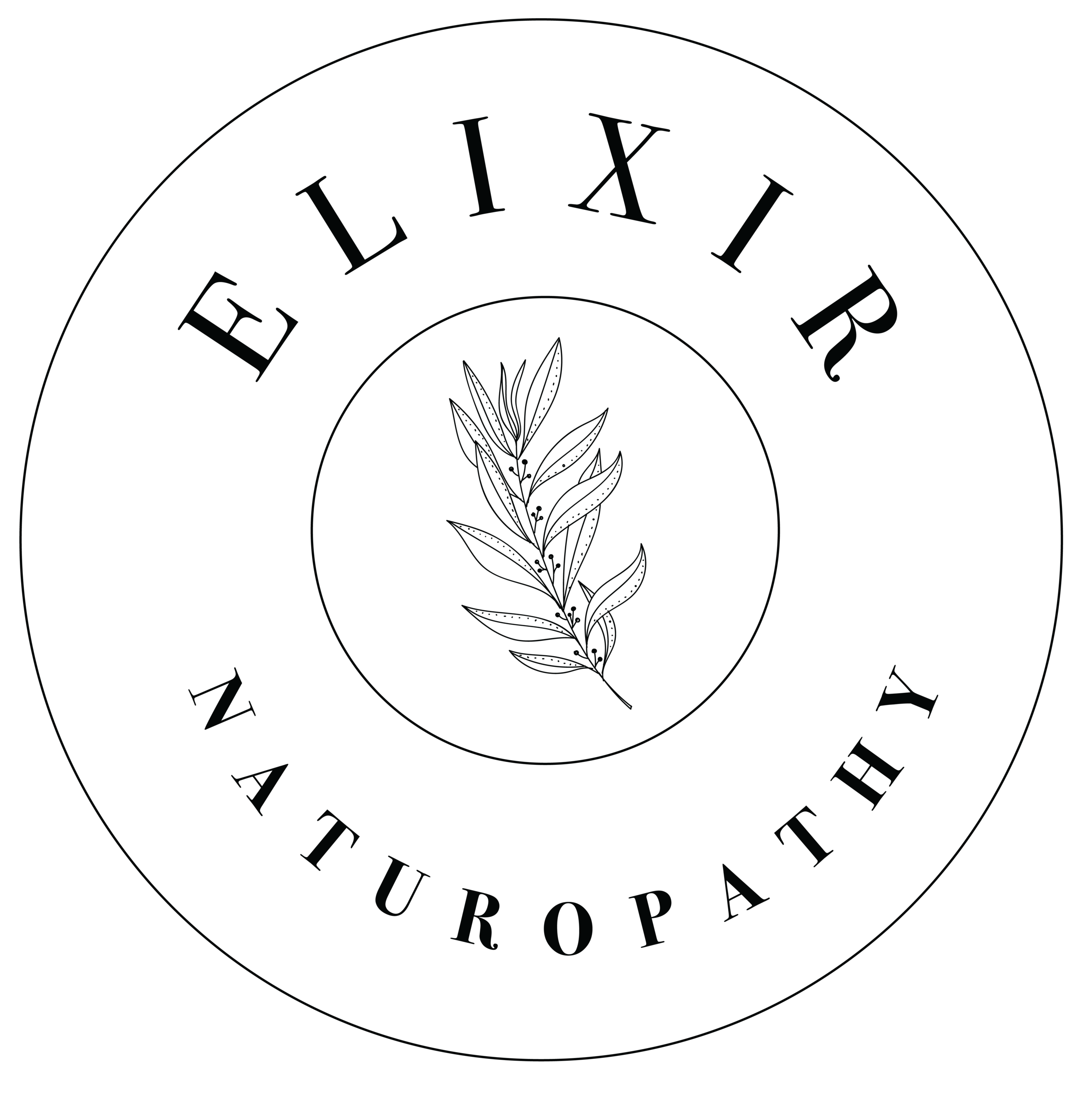Oestrogen: Functions, Imbalances & Testing
You might be surprised to learn that there is more than just one type of oestrogen.
Oestrogens are a group of steroid hormones produced in various organs (not just the ovaries) and the level of these oestrogens change throughout life and in physiological and pathological conditions.
While oestrogen is typically thought of as a female hormone, it is produced by males also. In women, this group of sex hormones are responsible for the development and regulation of the female reproductive system and secondary sexual characteristics such as breasts, endometrium, and regulation of the menstrual cycle.
Within the oestrogen hormone family, there are three main forms to focus on:
Oestrone or E1 is secreted by the ovaries in small amounts and is also produced from the conversion of androstenedione, a testosterone metabolite, in peripheral tissues, such as adipose tissues and muscle. It is considered a weaker form of oestrogen therefore, oestrone must be converted to oestradiol to enable its full oestrogenic effects.
Oestradiol or E2 is the most potent form of oestrogen accounting for over 90% of circulating oestrogen in premenopausal women and is made by the ovaries. It is oestradiol that is responsible for acting directly on target tissue.
Oestriol or E3 is the most abundant oestrogen in urine as it is produced from the metabolism of oestradiol, oestrone, testosterone and androstenedione in various tissues other than the ovaries such as breast, bone, vascular endothelium, heart and brain. Oestriol is required for vaginal lubrication and is the most prevalent oestrogen in pregnancy as its produced by the placenta.
Oestrogens many functions
Many organs and tissues throughout the body contain special proteins called oestrogen receptors. These receptors are where oestrogen binds, causing cells to elicit an action. These receptors are known as alpha or beta receptors and can be found in the following areas of the body.
Alpha oestrogen receptors are found in:
Endometrium
Breast
Ovaries
Stroma cells
Hypothalamus
Beta oestrogen receptors are found in:
Ovarian granulosa cells
Brain
Bone
Heart and kidneys
Intestines
Lungs
Ovaries & Uterus
Oestrogen in the ovaries help to stimulate the growth of the ovarian follicle. It's also responsible for lubrication of the vagina, formation of the endometrium (lining of the uterus) and thickens the vaginal wall while increasing blood vessels to the skin.
Adipose tissue
There is increasing evidence demonstrating that oestrogen, regulates adipose production and improves systemic glucose regulation in both men and women. The underlying mechanism linking oestrogenic regulation in adipose tissue and systemic glucose metabolism is not completely understood, however it is thought to include interactions of oestrogen receptor signaling events involving activity of lipogenic enzymes, free fatty acid metabolism, and inflammatory mediator production.
Breast
Oestrogens stimulate the proliferation of both the normal and the neoplastic breast tissue. It is the oestrogen metabolites 4-hydroxyoestrogen (4-OH) and 16-hydroxyoestrogen (16-OH) that have carcinogenic potential, as opposed to the more favourable 2-hydroxyoestrogen.
Brain
Oestrogens are required for the conversion of tryptophan to 5-hydroxytryptophan in the production of serotonin, the feel good hormone. For this to occur, the levels of oestrogen need to be just right. Kind of like the story of goldilocks.
Oestrogens have also been found to exhibit a neuroprotective effect in that they can inhibit inflammation of neurons and my play a role in pain sensitivity and memory.
Cardiovascular system
Oestrogens are considered to be cardioprotective in that they prevent cardiac muscle cell dysfunction in conditions of oxidative, ischaemic and hypertensive stress. Oestrogen has been shown to promote HDL cholesterol (protective), while preventing LDL cholesterol (harmful). Oestrogen also promotes relaxation and dilation of blood vessels to ensure healthy blood flow.
As oestrogen levels decline after menopause, cardiovascular risk increases. This is why hormone replacement therapy is often prescribed.
Oestrogen has also shown to impact on many areas of health including bone strength and density and maintaining skin collagen and plumpness.
Hormone balance
Hormones are like a finely tuned orchestra. If there is the slightest deviation in one, then in time other hormones can become unbalanced.
Signs of hormone imbalance include:
Irregular menstruation
Heavy menstruation
Bloating or fluid retention
Breast swelling or tenderness
Fibrocystic breasts
Premenstrual headaches
Fatigue
Hair loss
Thyroid dysfunction
PMS
Sleep disturbance or insomnia
Weight gain
Low libido
Mood swings (irritability, anxiety or depression)
How to assess your hormones
I use DUTCH hormone testing. This is the most comprehensive hormone testing on the market. It evaluates sex and adrenal hormones, their metabolites, phase I & II liver metabolism, neurotransmitters, melatonin, oxidative stress and nutrient cofactors B12 & B6.
This complete test takes out the guesswork and allows for a more detailed evaluation leading to more precise outcomes.
If you are seeking a deeper insight into your hormones book your appointment or send me an email through the contact page.
Melissa Briggs is an experienced Brisbane based Naturopath with a particular interest in women’s health and thyroid disorders. Need help with your health? Get in touch here.


